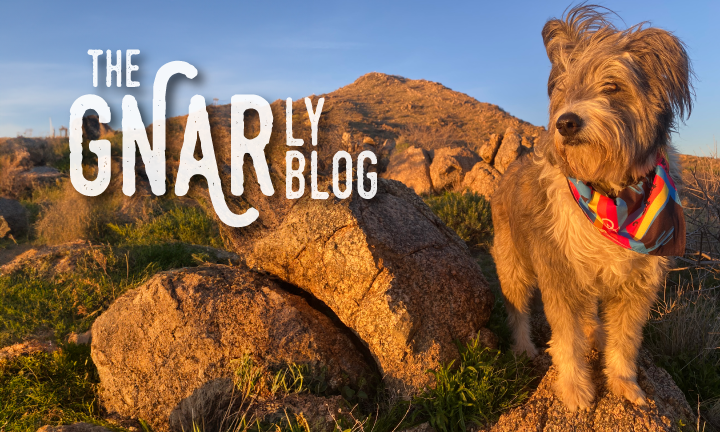
(Photo: Scraps in the Desert)
The Many Gateways to Joshua Tree National Park
By: Philip Stoker, PhD, Associate Professor in the College of Architecture, Planning and Landscape Architecture, University of Arizona
GNAR Researcher Dr. Philip Stoker and his cute little dog, Scraps, are travelling across the Western U.S. this spring and summer for his sabbatical research into gateway communities. This new blog series – "Philip and Scraps' GNARly Adventures!" – will highlight their travels through photos and observations from gateway communities. Each post asks readers to provide insights into the challenges and their experiences in gateway communities. Please have a read and feel free to write to Philip at philipstoker@arizona.edu with any of your answers and ideas!
March 2024:
In March, I travelled from Tucson to Southern California to visit the gateway communities around Joshua Tree National Park. Scraps is not allowed to hike in the National Park, (which is unfortunate for the both of us and the premise of “Scraps and Philip’s GNARLY adventures...) but nonetheless, the visit to the region was a great reminder of the variety of towns that could be considered “gateway communities".
The National Park itself is huge (over 1,000 square miles) and the Los Angeles Metropolitan Area is only a few hours away. A visit to the park offers an easy way for people in Southern California to explore wilderness, rock climb, camp, and catch the spring wildflowers. Surrounding the park are a variety of "gateway" communities, and the map below highlights seven that I visited: Joshua Tree, 29 Palms, Yucca Valley, Desert Center, Borrego Springs, and Homestead Valley. The stark differences between these communities made me reconsider what exactly we call a "gateway community", and helped me think about how to develop more refined community typologies, which I discuss more below. 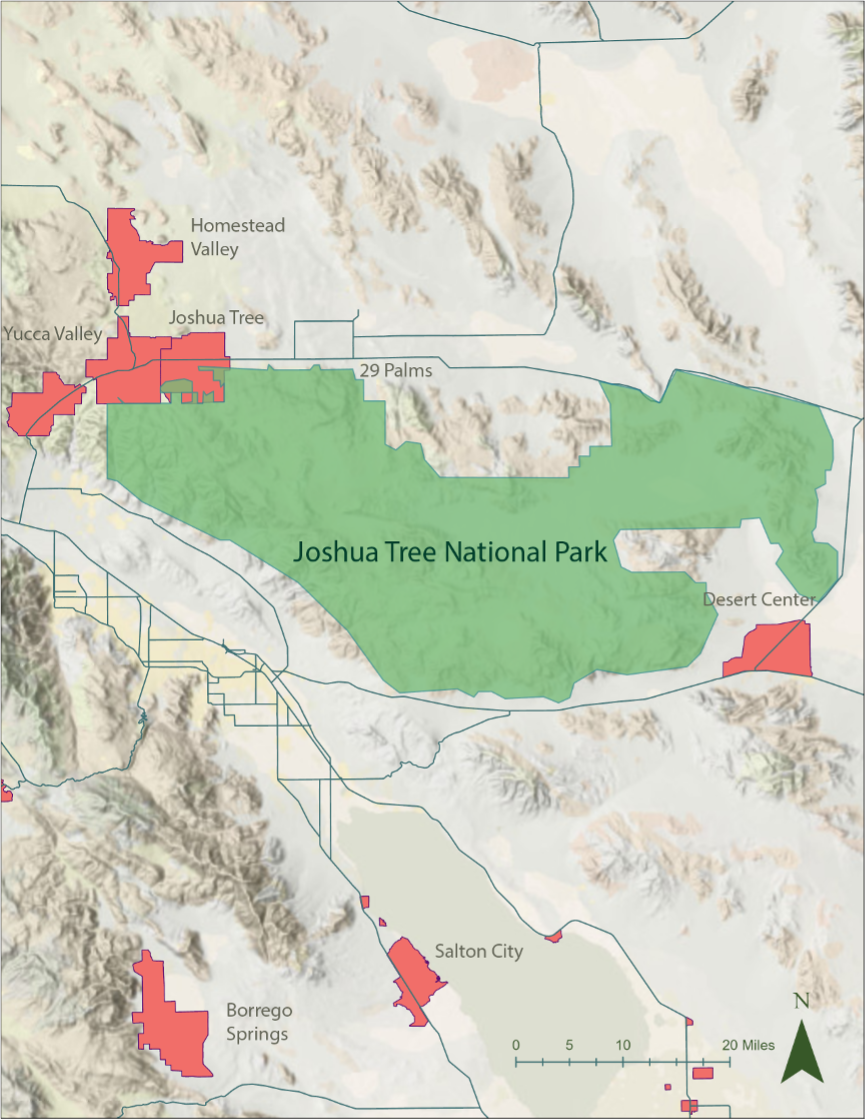
(Figure 1. Gateway and "GNAR" communities outside Joshua Tree National Park.)
What is a Gateway Community?
Way back in 2018, we offered our attempt at defining what is meant when we use the term “gateway communities” (Stoker, P., Rumore, D., Romaniello, L., & Levine, Z. (2021). We wanted a definition that would capture communities along a range of conditions – from tourist destinations, to “undiscovered” towns and communities that had the potential to attract more people. We also needed a definition that we could measure with public data.
We decided that for the purposes of our research, a "gateway (or GNAR) community" is:
- A U.S. Census Designated place under 25,000 people,
- 15 or more miles from an urbanized area,
- Within 10 miles of a National Park, State Park, Scenic and Wild River, Reservoir and/or ski resort.
These criteria were met by over 1,000 communities in the Intermountain West. This was our best effort to operationalize a definition of gateway communities, but we knew there were shortcomings to the definition and operationalization. Clearly Jackson, Wyoming is not the same type of community as Woodruff, Arizona, but both communities meet the criteria for our definition of gateway communities.
To try and improve our definition of what a "gateway community" is, below I explore two different potential community typologies: (1) Gateway scores, and (2) Community characteristic classifications.
Gateway Scores
One attempt to improve our definition has involved building a dataset of over 40 demographic, housing, and economic variables for all gateway communities. We threw every statistical approach to grouping communities at the dataset: spatial autocorrelations, factor analysis, cluster analysis, but none produced a typology that made sense. Tossing out the complicated statistics, I tried an approach to identify groups of gateway communities that was simple but made sense: I counted the number of natural amenities in proximity to the community (i.e. ski resorts, national and state parks) and then grouped communities into four categories based on how many amenities were in proximity.
For example, Moab, Utah has three natural amenities: a national park, a wild and scenic river, and a state park. In contrast, in Ajo, Arizona, there is only a National Monument (Organ Pipe NM). This count of natural amenities becomes a “gateway score”.
The table below shows clear trends using this approach – the more amenities around a community, the higher the population growth rate, household income, per-capita income, and second home ownership rates. This “gateway score” is a rough but intriguing way of grouping gateway communities.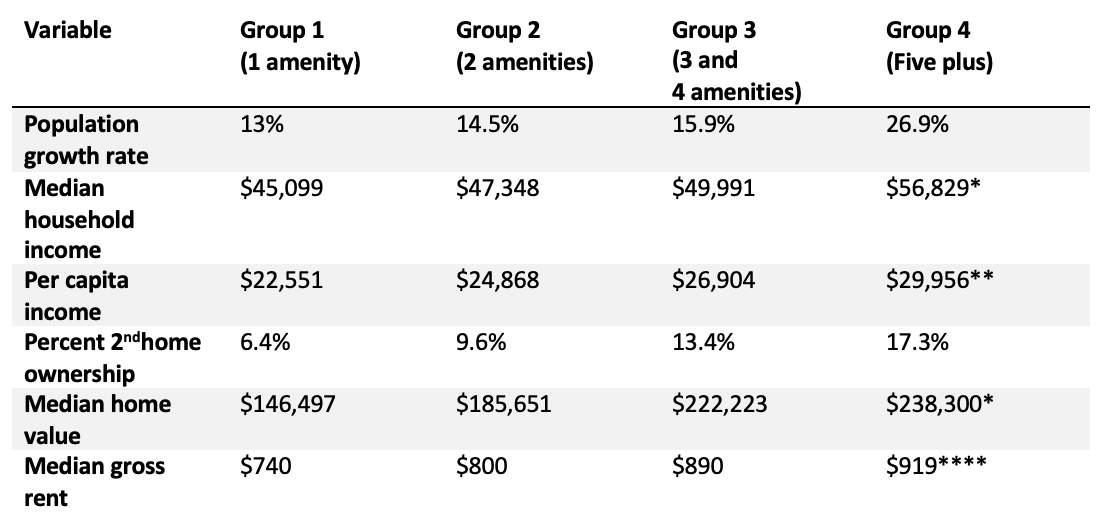
(Figure 2. Gateway Scores)
Five Community Characteristic Classifications
The second typology I've been exploring is based on the characteristics of the individual communities and their relationship to their local natural amenities. Below, I discuss five different potential community classifications: established gateway communities, spillover communities, potential gateway communities, somehow not a gateway community (i.e. our classification missed some), and not gateway communities.
Established Gateway Communities
Established gateway communities support and encourage visitation to nearby natural amenities. There are many short-term rentals, and the ratio of visitors to residents is as high as 300 visitors for every resident. The local economy is mostly oriented to serving visitors, and housing prices have been increasing at a faster rate than other comparably sized communities. Most of the workforce commutes to their jobs in these places, and only a small proportion of people live near where they work. The growth that has occurred has impacted transportation, housing, and likely has changed the community character.
Joshua Tree - The most prominent of the gateway communities and the entrance to Joshua Tree National Park with the most visitors. The majority (83%) of the workforce does not live in the community. The retail is for visitors and includes desert vintage shops, high end coffee shops, and outdoor gear shops. There are more short-term rentals in Joshua than any of the comparably sized communities in the region. Visitation to the National Park has been increasing and the ratio of visitors to year-round residents is around 1,000 visitors to every resident. In terms of housing and short-term rentals, there are some signs of an over-saturation of housing rentals and some challenges with finding enough renters to sustain the property as a STR income.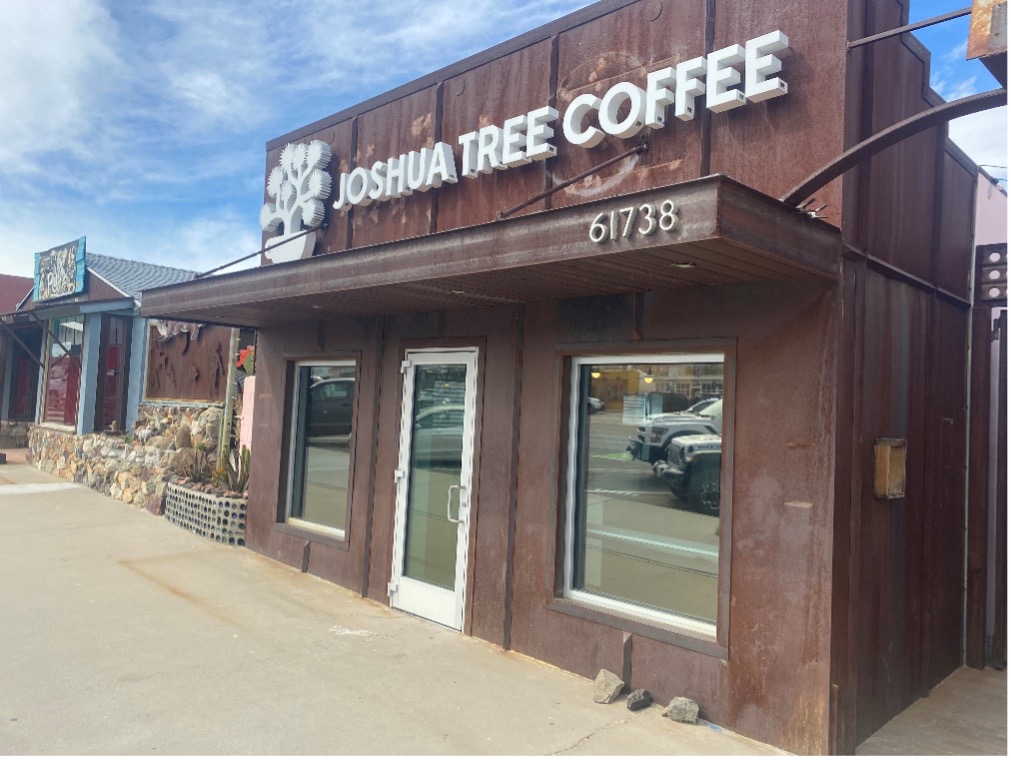
(Figure 3. Joshua Tree Coffee Shop. Source: Philip Stoker)
Borrego Springs - This small community is at a junction of two highways and provides a gateway to Anza Borrego State Park. In fact, the entire town is surrounded by the state park. The town center is geared to visitors, with restaurants, a central park in a roundabout, and lodging/information centers. There is no definitive information on visitation, but the ratio of visitors to residents is approximately 300 visitors for every resident.
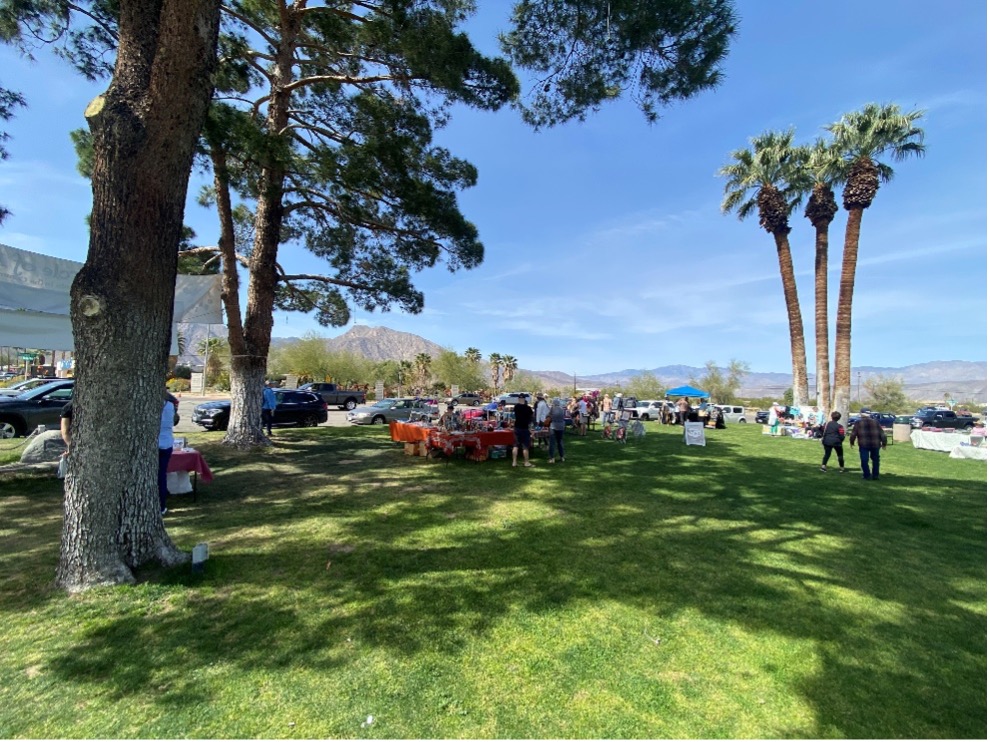 (Figure 4. Borrego Springs, California. Source: Philip Stoker)
(Figure 4. Borrego Springs, California. Source: Philip Stoker)
Spillover Communities
These are the communities that are impacted by the growth of visitation in nearby gateway communities. They may be communities located in a gateway region, but they themselves are not the destination. These communities may be seen as the affordable housing alternative to the gateway community. The local economy has other industries besides tourism and a higher proportion of the workforce lives in the city. Nonetheless, growth in visitation to the region has impacted these spillover communities and housing and transportation issues are more challenging than they were in the past.
Homestead Valley - This is a desert community north of the park and is a very dispersed low-density residential development. There was an abundance of “land for sale” signs and this community does not have an expansion problem, i.e. there is plenty of land to build on. There are a few shops and restaurants, but very little retail is present. In Joshua Tree subreddits, this community is highly recommended as an alternative to the town of Joshua Tree for those that want to live in the desert but not have to deal with tourists and crowds.
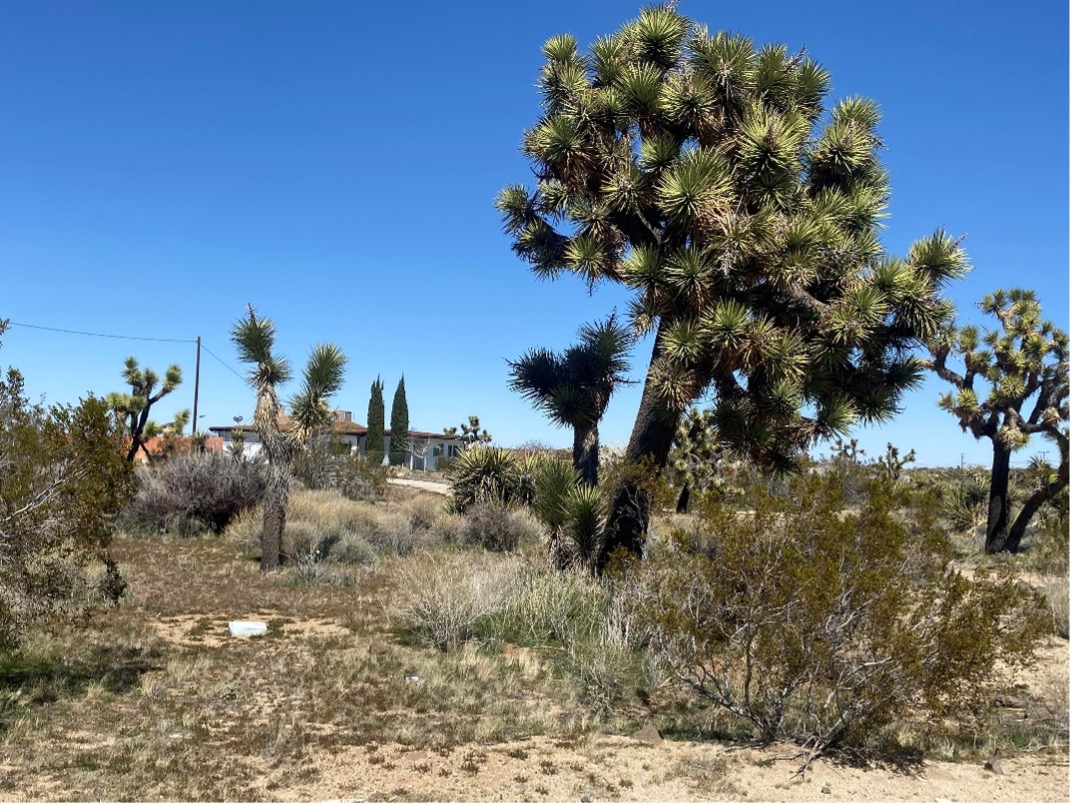 (Figure 5. Homestead Valley, California. Source: Philip Stoker)
(Figure 5. Homestead Valley, California. Source: Philip Stoker)
Yucca Valley - Described by a local shop owner as a more “utilitarian” community, Yucca Valley appears to serve the residential population as much as visitors on their way to the National Park. I found the town very pretty with views of the mountains and browsing on Zillow I found some of the highest residential home values in the region.
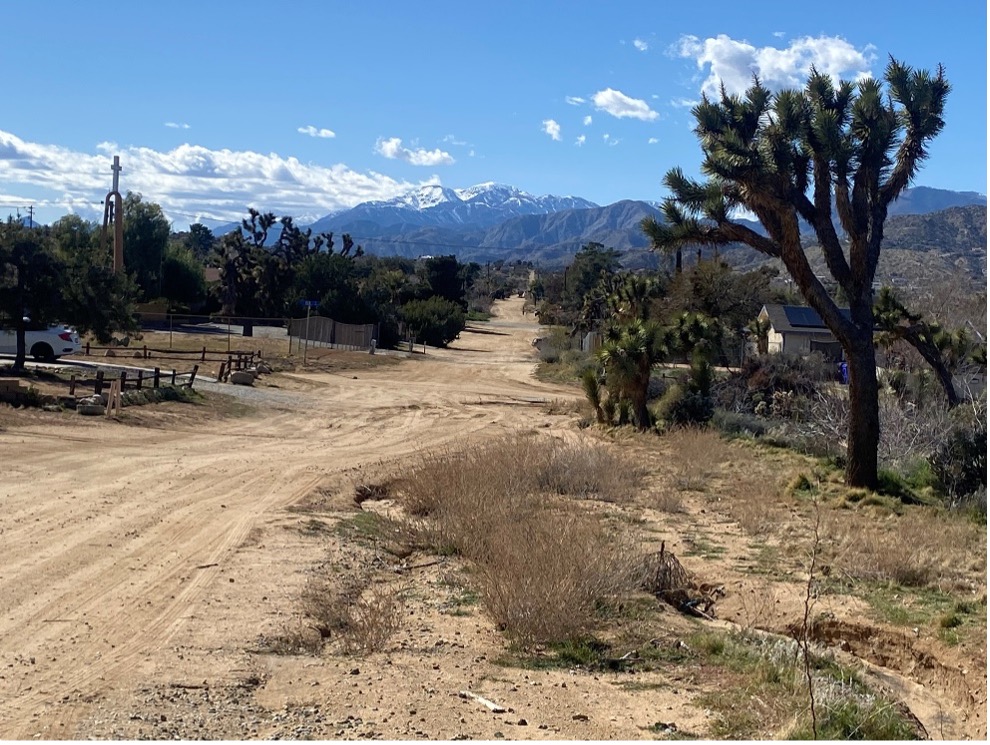 (Figure 6. Yucca Valley, California. Source: Philip Stoker)
(Figure 6. Yucca Valley, California. Source: Philip Stoker)
Potential Gateway Communities
These are communities that may be in proximity to a natural amenity and therefore meet the criteria for a gateway community. However, the local economy is focused more on agriculture or other industries other than tourism. These communities are generally not destinations in the same way that the established gateway communities are destinations.
Salton City - This community is on the Salton Sea and was a small collection of residential homes and very few services. I saw some paragliding enthusiasts and the access to good birding in this community was great. Housing prices are extremely low and the population is growing.
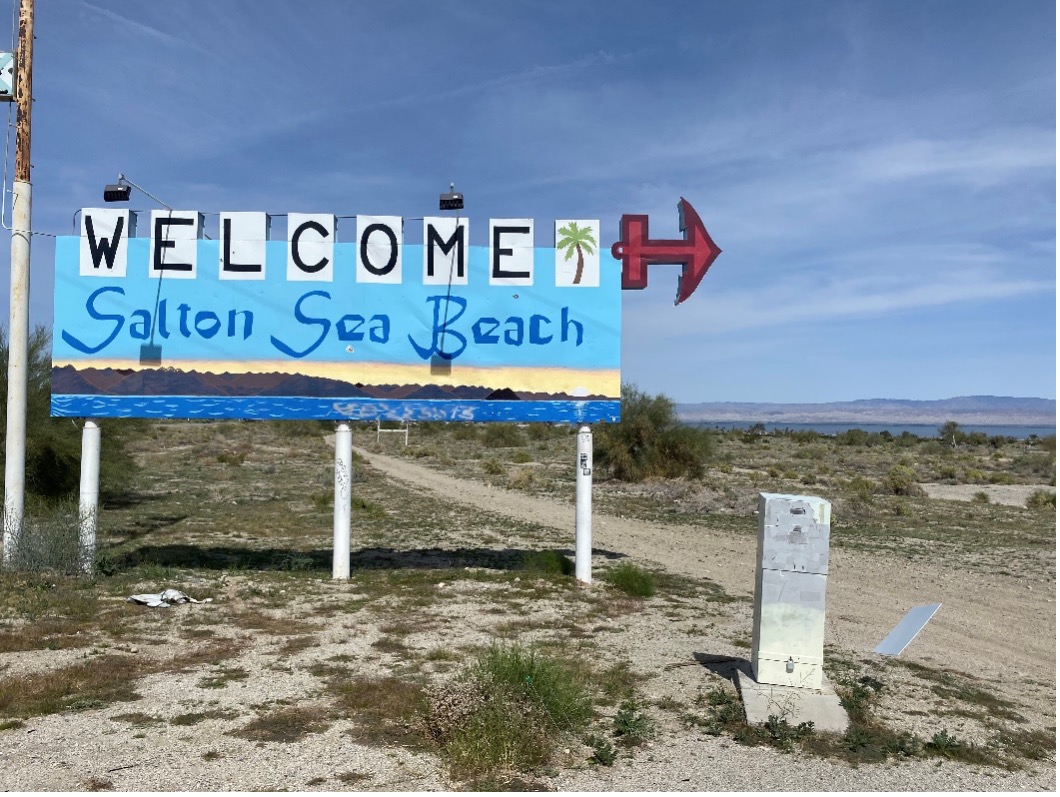 (Figure 7. Salton Sea, California. Source: Philip Stoker)
(Figure 7. Salton Sea, California. Source: Philip Stoker)
Blythe - A mid-sized community on the Colorado River. However, Blythe seemed to be a mostly agricultural economy and has a high internal capture rate, i.e. 42% of people live and work in Blythe (LEHD). As a tourist, I’d be interested in access to the river for fishing or floating, but I don’t believe many people travel to Blythe for the primary reason of accessing natural amenities.
Somehow not a gateway community (i.e. our classification missed some)
29 Palms - A community that borders Joshua Tree National Park and the main freeway connecting to the other gateway communities. It represents the furthest of the Joshua Tree gateway communities from the urbanized area of Palm Springs, i.e. the largest population center in the region. There is also a marine training facility, so the town provides some services for the military as well as the tourists. This community was not “counted” as a gateway community because it is not a census designated place.
Rimrock - Too small to count as a U.S. designated place but this small area north of Joshua Tree national park has numerous state parks and conservation areas nearby and is likely to grow more in the future as development pushes out of the currently growing gateway communities.
Not a Gateway Community
Desert Center - From the freeway it’s a ghost town with a mobile home community and has poor access to Joshua Tree National Park. I was surprised our initial assessment chose this community, but it is likely an artefact of how the U.S. Census chooses “places”, i.e. there is no requirement that there be a municipal government and often they are unincorporated communities. There is no visitation to this community and while it surely has its own planning and development challenges, it should not be considered a gateway community.
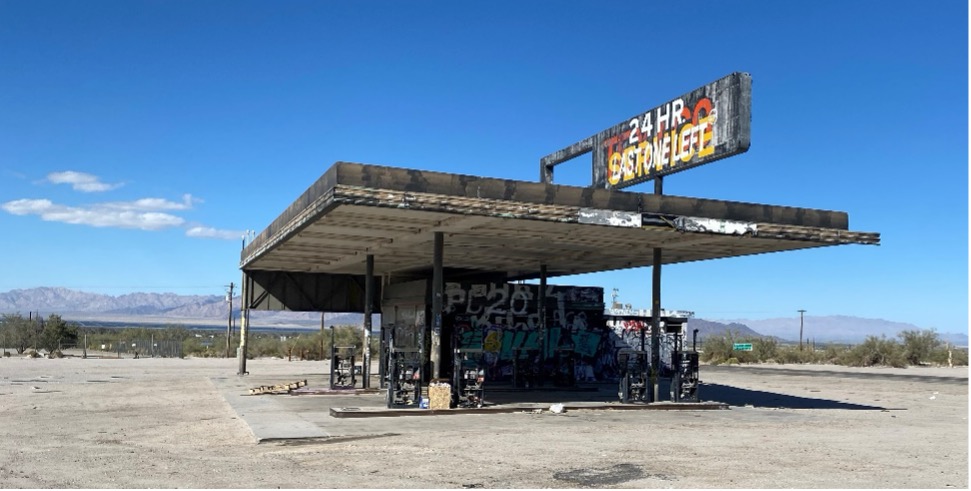 (Figure 8. Desert Center, California. Source: Philip Stoker)
(Figure 8. Desert Center, California. Source: Philip Stoker)
Why a Gateway Typology (and More Data) is Needed
Communities that share characteristics and challenges may benefit from sharing knowledge and experiences. I feel quite confident that “established gateway communities” and “spillover communities” are two useful categories. The established gateway communities are those that everyone will recognize (i.e. Aspen, Telluride, Moab, and Jackson). These communities are facing the greatest challenges from growth and visitation. The “spillover communities” are recognizable to those who live and work in the regions surrounding the popular gateway communities. They too need proactive planning efforts, and likely regional collaborations to handle their housing and transportation challenges.
Where I feel less confident is trying to group all 5,000 western communities into additional categories. I certainly enjoyed travelling around and qualitatively grouping these communities, but will be unable to visit all of them before my sabbatical ends. It will also be very challenging to gather the required data to accurately group communities for all 5,000+ small communities in the western U.S. Some of the most interesting data, like visitation numbers, simply doesn’t exist.
So, what do you think of these typologies? Are there improvements that you can, see? Are there catchier titles for the groupings? Let me know and we’ll continue to work on a way to group and classify gateway communities to better tailor strategies and solutions for them.
Feel free to write to me at philipstoker@arizona.edu. If you don’t write to me, that’s ok… I just might be visiting your gateway community next!
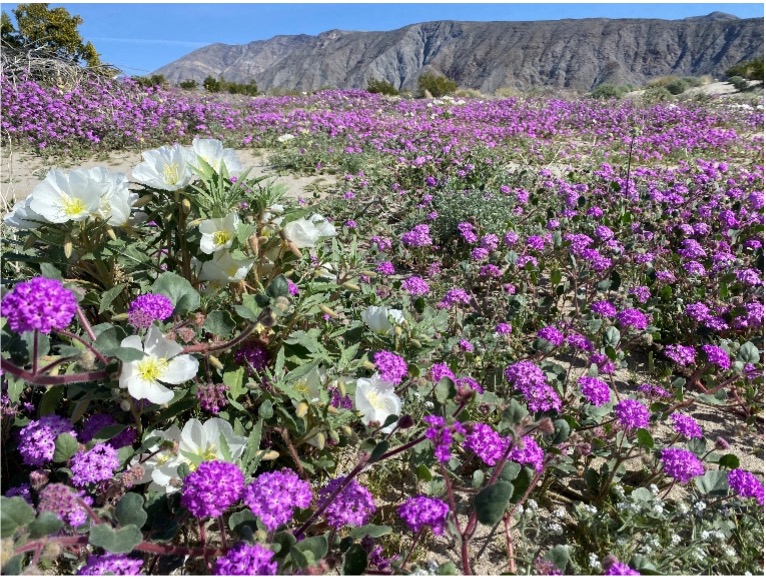
(Figure 9. Flowers in Anza Borrego State Park. Source: Philip Stoker)
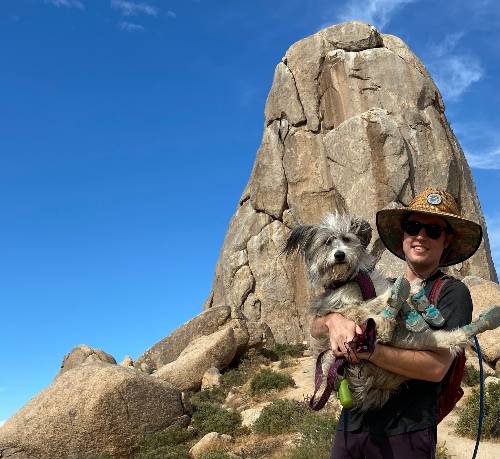
Philip Stoker, PhD, is an assistant professor of planning and landscape architecture in University of Arizona's College of Architecture, Planning and Landscape Architecture. Philip holds a Ph.D. in Metropolitan Planning, Policy, and Design from the University of Utah where he completed his thesis on urban water use and sustainability. His academic foundations are in ecology, planning, and natural resource management. He has conducted environmental and social science research internationally, including work with the World Health Organization, Parks Canada, the National Park Service and the Vancouver 2010 Olympic Games.
Philip has expertise in urban water demand and the integration of land use planning with water management. His research on urban water demand has focused on how land cover, built environmental characteristics, social conditions, and demographics all interact to influence water use in Western U.S. cities.

